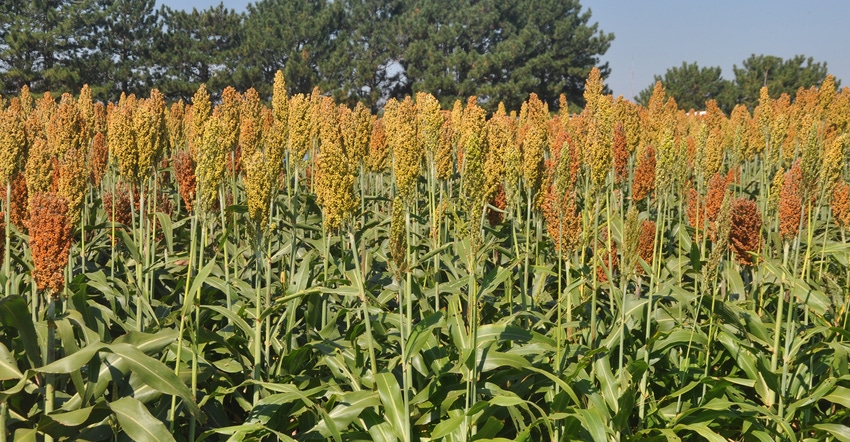January 29, 2018

Last December, National Sorghum Producers and Sorghum Checkoff staff gathered in Lubbock, Texas, for the autumn version of our semi-annual staff meeting. With a new year just around the corner and the Sorghum Checkoff’s 10-year anniversary coming in July 2018, this meeting focused largely on strategy and goals for sorghum farmer profitability over the next decade. My biggest takeaway was one thought-provoking question left unanswered: Can farmers choose to be profitable?
It is a fascinating question, and I believe for those of us who work with and on behalf of farmers, the answer drives everything we do on a daily basis. If farmers had no say in the success or failure of their operations, there would be no need for crop insurance. No farmer would buy fertilizer. And, government policy would be unnecessary. From crop insurance agents, to retailers, to advocates in Washington, D.C., everyone lives to provide value to farmers and create an environment in which they can be profitable.
In my opinion the answer is yes, farmers can choose to be profitable. This statement comes with the giant caveat that in any given year, weather (and a handful of other external factors) can make all of a farmer’s decisions for him or her. However, over long periods of time, I believe profitability is not so much a fact as it is a set of circumstances — weather that cooperates more often than not, a marketing plan that locks profit more often than not, fertility that nourishes more often than not — in which farmers can be successful. Whether they take advantage, and to what level they succeed, is up to them.
Our agency, Sustainable Crop Insurance Services, has several customers in West Texas’ continuous cotton country. These farmers are fully exposed to the cotton market. Their operations literally live and die by the fortunes of the cotton industry — nothing else.
With the recent increase in cotton prices, one such customer used an options strategy to put a floor of $0.71 per pound under a portion of his expected production. The cotton market still seems to have topside, so why not wait? Because he calculated his average cost of production at $0.66, and a profit of $0.05 means a return of over 7.5%. Historically, a return of 7.5% is very good. In this environment, it is the difference between continuing to farm and changing careers.
This strategy is not without risk. This farmer has a competitive cost of production, but his sensitivity to changes in yield is high. With so much production risk, hedging is a gamble in itself. However, we used his actual production history to model his probability of a crop failure, and found he has a 98% chance to produce at least 500 bales. And, in that worst-case 2% scenario, proceeds from his crop insurance policy would be available to cover his hedging costs. This information was enough to convince him his effective production risk was near zero, so he opted to lock a $0.71 floor.
Will this move guarantee my customer farms next year? Not by itself. If profitability is a set of circumstances, then management decisions such as locking profit on a small portion of expected production only enhances the likelihood of success. Just as those of us that work on behalf of farmers strive to create an environment in which farmers can profit, over time routine behaviors of farmers themselves determine the probabilities of success or failure.
Sure, external factors sometimes trump all. However, I challenge all farmers and everyone who works in agriculture to take control of those things we have the ability to control and enhance all our chances to be profitable.
Cogborn writes from Abernathy, Texas. Follow him on Twitter @nspchris.
About the Author(s)
You May Also Like




